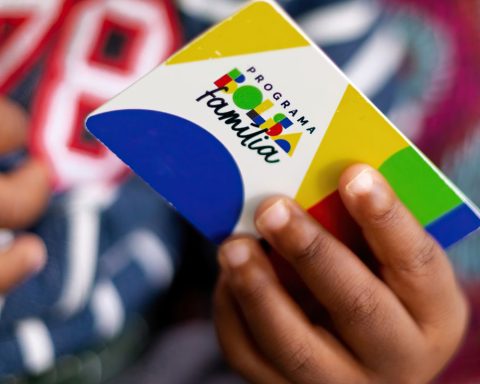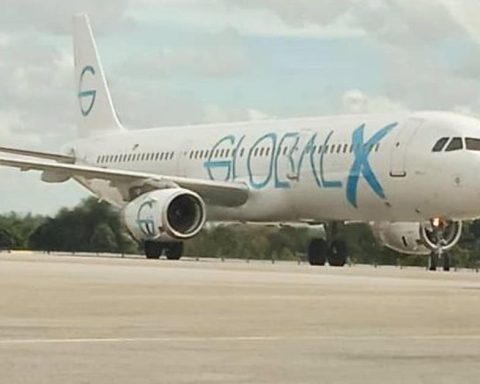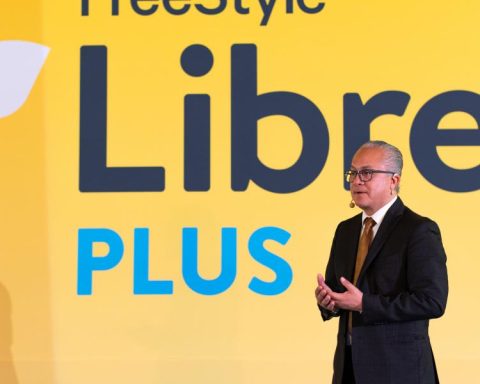The government of Gustavo Petro began a path of aIncreases in the price of gasoline, which already adds up to about $1,000 a gallon compared to the value with which he began his term. This is due to the fact that the deficit of the Fuel Price Stabilization Fund (FEPC) totaled close to $39 billion in 2022, so to prevent this debt from continuing to increase, gradual increases must be made.
(Read: 2023, an economically difficult year for Colombia: dry brake).
However, The debt correction generated this year will depend on the degree to which price adjustments are made.both gasoline and diesel, as well as the behavior of the international oil price.
It should be remembered that the deficit of this fund depends on the difference between the sale price of fuel in the national territory, against the international parity price, whose value is linked to the international price of the products.
In Colombia, the differential (that is, the part that the Government subsidizes) at the end of 2022 in the case of gasoline was $10,123 while for diesel it was $9,302, as can be seen in the graph.
For this reason, based on two increase scenarios proposed by Portfolio, the Autonomous Committee of the Fiscal Rule (Carf) generated two possible balances of the Fund at the end of 2023.
In the first scenario, Strong increases are contemplated, with monthly increases of $300 in the price of gasoline (in January the increase in income to the producer was $193 and the remainder was due to regulations and legal updates) throughout the year. In the case of diesel, its price would remain stable until June (as the Government promised) and from July it would rise by $200. Based on these assumptions, the CARF made calculations and estimated that a debt of $26.5 trillion could be generated this year.
However, in the second scenario the increases are more moderate, but there are also adjustments in the two fuels. In the case of gasoline, monthly would go up $200 since February, taking into account the rise that already occurred in January; while diesel would also remain stable until June and from July it would rise $100.
In this way, the CARF model assumes that the debt that could exist at the end of the year would be $29.4 trillion.
This means that although the debt would begin to notice a reduction compared to the figure that occurred last year,It would still be more than what the General Budget of the Nation estimates in its accounts for the payment of the FEPC. For 2023, $19 trillion were included, with which the gap could range between $7.5 and $10.4 trillion, although it is worth noting that these Budget accounts estimate the payment of the balance generated in 2022.
Andrés Velasco, CARF’s technical director, pointed out that these results are modeled based on the assumptions of the Financial Plan, presented in December. However, he explained that the scenario that The Committee estimates for this year a generated debt of $27.9 trillion.
According to Julio César Vera, president of Xua Energy, The Government must maintain the path of adjustments to close the gap between the payment made by consumers and the real value of fuels.
He pointed out that in the case of gasoline, “it is rational to continue making increases of the order of $200 until the deficit is covered”.
This means that in gasoline, this year, the value of income to the producer would have a total increase of $2,400.
However, he qualified that to solve the debt problem, there must also be increases in diesel, otherwise, “45% of the problem would remain uncovered”.
That is why he pointed out that smaller increments can be made, but equally consecutive. In this way, from July there would be increases of $100 each month. “That is the rational order of increments. It will not correct the entire problem, but it does start to show signs”, he stressed.
(Read: Motorcycles already represent 30% of gasoline consumption).
The Government has stressed that in the first semester, diesel will not rise, whose gallon is located on average at $9,065 in the 13 main cities of the country. The unions of cargo transporters have opposed increases on several occasions and for this reason an agreement was reached with the Executive that no modifications would be made until June.
Vera adds that the increase policy also prevents consumption trends, such as the purchase of vehicles that use Acpm.
With el price of a barrel of crude oil below the government accounts for this year (US$94.2)it is also possible that the debt is lower, given that the CARF model takes this macroeconomic assumption into account.
Likewise, the president of Xua Energy also explained that the moderation in the exchange rate will imply that the Fepc account payable is lower.
However, these issues depend on the geopolitical environment and other aspects that may affect these variables. For this, Vera considers that the differential in gasoline could be close to $3,500, and in the case of diesel, $4,500.
(Read: Fuel consumption will grow 2.5% in 2023).
DANIELA MORALES SOLER

















